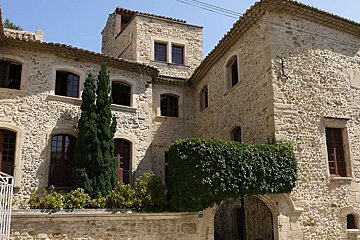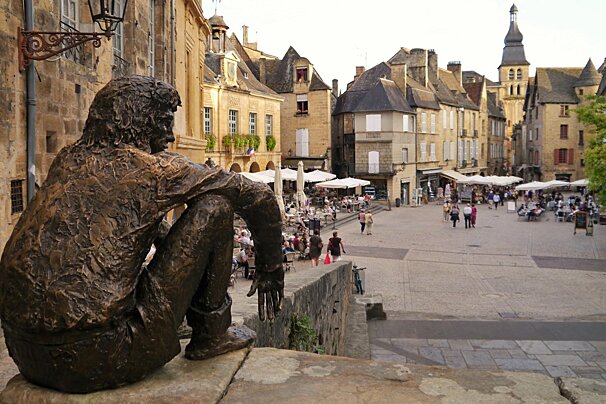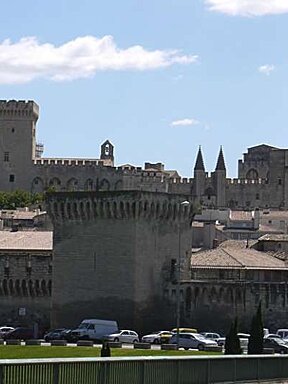
© SeeProvence.com

© seeprovence.com

© SeeProvence.com

© SeeProvence.com

© SeeProvence.com

© SeeProvence.com
Visan
Small village in the middle of the Côtes du Rhône wine region
Visan is a tiny village in the Vaucluse, to the north east of Orange and on the border of the Drome.
Visan lies in the Enclave des Papes and is named after the time when the Pope resided in Avignon.
It seems that Popes Clement V and his successor John XXII enjoyed the region's wine so much, that they bought a number of vineyards and the area became the property of the Popes. Because of this influence, a number of Renaissance and Baroque mansions were built in this small village.
Sights & Attractions in [locality]
The pretty church St Pierre has a mix of architectural styles - the doorway from the 15th century (the walnut doors were added later in 1637), the bell dates from the 16th century, and the alters were added in the 17th and 18th centuries.
Just outside Visan on the road to Vaison la Romaine is the chapel Notre Dame des Vignes from around the 13th century. It has a very ornate interior and is one of France's Historical Monuments. Check with the tourist office for opening hours.
However, it is mainly for the vineyards that visitors come these days - Visan is surrounded by rolling hills that are covered in vineyards. The wine produced belongs to the AOC Côtes du Rhône Villages and is distinctive thanks to its relatively northerly altitude, stony soils and hours of sunshine. There are many vineyards in the area who will welcome you for tastings.
Events in [locality]
There is an evening market on Mondays and a farmers market every Friday morning in La Place de la Coconnière.
Things to do in [locality]
The village itself is pleasant to wander around, although it's somewhat lacking in shops or attractions. The ruined medieval (12-13th century) castle was originally a court for the Dauphins. It has peaceful views over gentle hills and the caves below are used to store wine. Two ancient fortified gates built by the Dauphins still exist today - Porte du Puy-Baret and Porte Saint-Martin and date back to the 14th century.
Rue des Nobles is lined with 16th-18th century mansions with Renaissance features and arched windows. La Place de la Fontaine is also surrounded by Renaissance mansions. Many have inner courtyards and some are joined by soustets (covered walkways) over the road.
The tourist office is found in an 18th century mansion, L'Hôtel de Pélissier. It remains unaltered since this time and has undergone restoration in recent years by the town hall. It's intended to use some of the rooms for exhibitions and concerts.
The area is also known for its black truffles (November to March) and lavender fields (in bloom mid June to mid July).



























